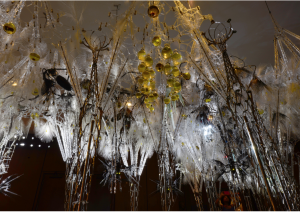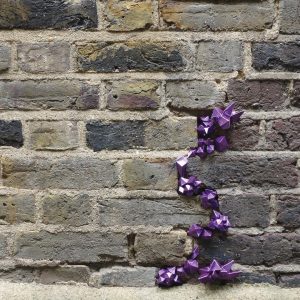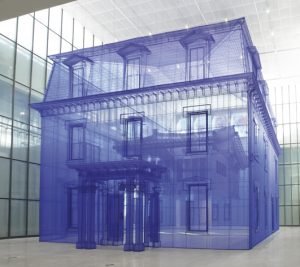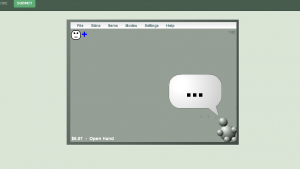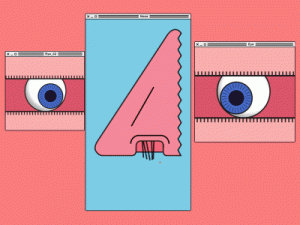

http://frankensim.animade.tv/
FrankenSim is a web-toy produced by a team of animators and developers called Animade. I chose this project because it is, first of all, fun. The color is fun, the graphic elements are visually engaging, and many unexpected interactions such as sound and motion could be found while clicking around. Also, the fact that this web piece is in a shape of old Windows interface makes it more interesting. It draws an initial nostalgic feeling when the viewer first encounters this piece, and surprises them with There are numerous little details that would make the user feel awe of their creativity and wit.
The producers were inspired by how Frankenstein might have experimented with modern web tools. Even though it does not hold a necessarily practical purpose other than providing entertainment, modern remakes of famous classics as such give the audience an opportunity to think about the signification of the originals and get inspired. Also, the fact that people still visit this website even though it doesn’t really “do” anything, proves that the interactions that are embedded in this piece are truly innovative and creative, in itself accentuating how smart interactions and delicately crafted details are crucial in engaging people even without tangible contents.
![[OLD FALL 2017] 15-104 • Introduction to Computing for Creative Practice](../../../../wp-content/uploads/2020/08/stop-banner.png)


